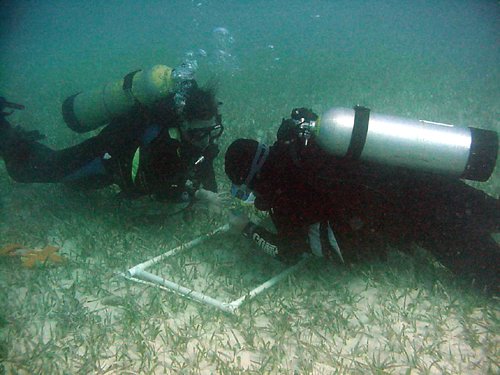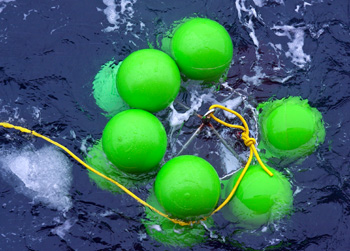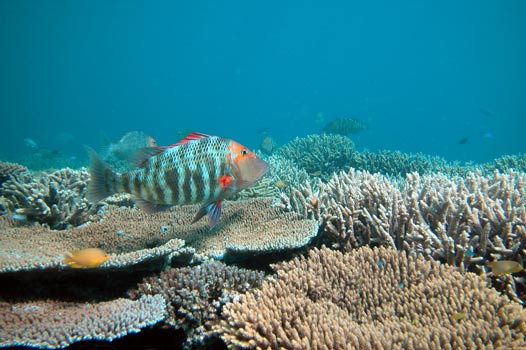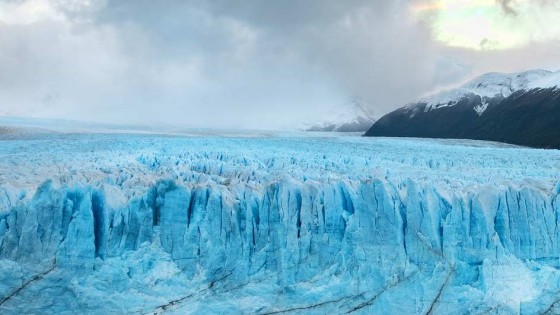Coronavirus and the effects on climate change
The spread of Coronavirus has stopped many field research projects, even those that referred to the effects of climate change, while to other researchers...
Global warming turns tundra to forest
In just a few decades shrubs in the Arctic tundra have turned into trees as a result of the warming Arctic climate, creating patches...
Seagrasses can store as much carbon as forests
Seagrasses are a vital part of the solution to climate change and, per unit area, seagrass meadows can store up to twice as much...
Atmospheric warming altering ocean salinity and the water cycle
A clear change in salinity has been detected in the world's oceans, signaling shifts and acceleration in the global rainfall and evaporation cycle tied...
The effects of climate change in the Arctic
Two decades after the United Nations established the Framework Convention on Climate Change in order to “prevent dangerous anthropogenic interference with the climate system”,...
Oceans acidifying faster today than in past 300 million years
Anthropogenic CO2 emissions, in addition to causing global warming, alter the chemistry of seas and oceans, causing them to turn progressively acidic. This change...
The new ice age could start in the next millennium
Research shows that a new ice age could well have been upon us in the next millennium were it not for increases in CO2...
The biodiversity crisis: Worse than climate change
Biodiversity is declining rapidly throughout the world. The challenges of conserving the world’s species are perhaps even larger than mitigating the negative effects of...
Europe’s birds and climate change
For the past 20 years, the climate in Europe has been getting warmer.
Species of bird and butterfly which thrive in cool temperatures therefore need...
Climate Change – Sequestration and Releasing Carbon Dioxide from the Ocean
Researchers at the University of California, Davis, report new information on the mechanism of carbon flow from the Earth's oceans at the end of...










